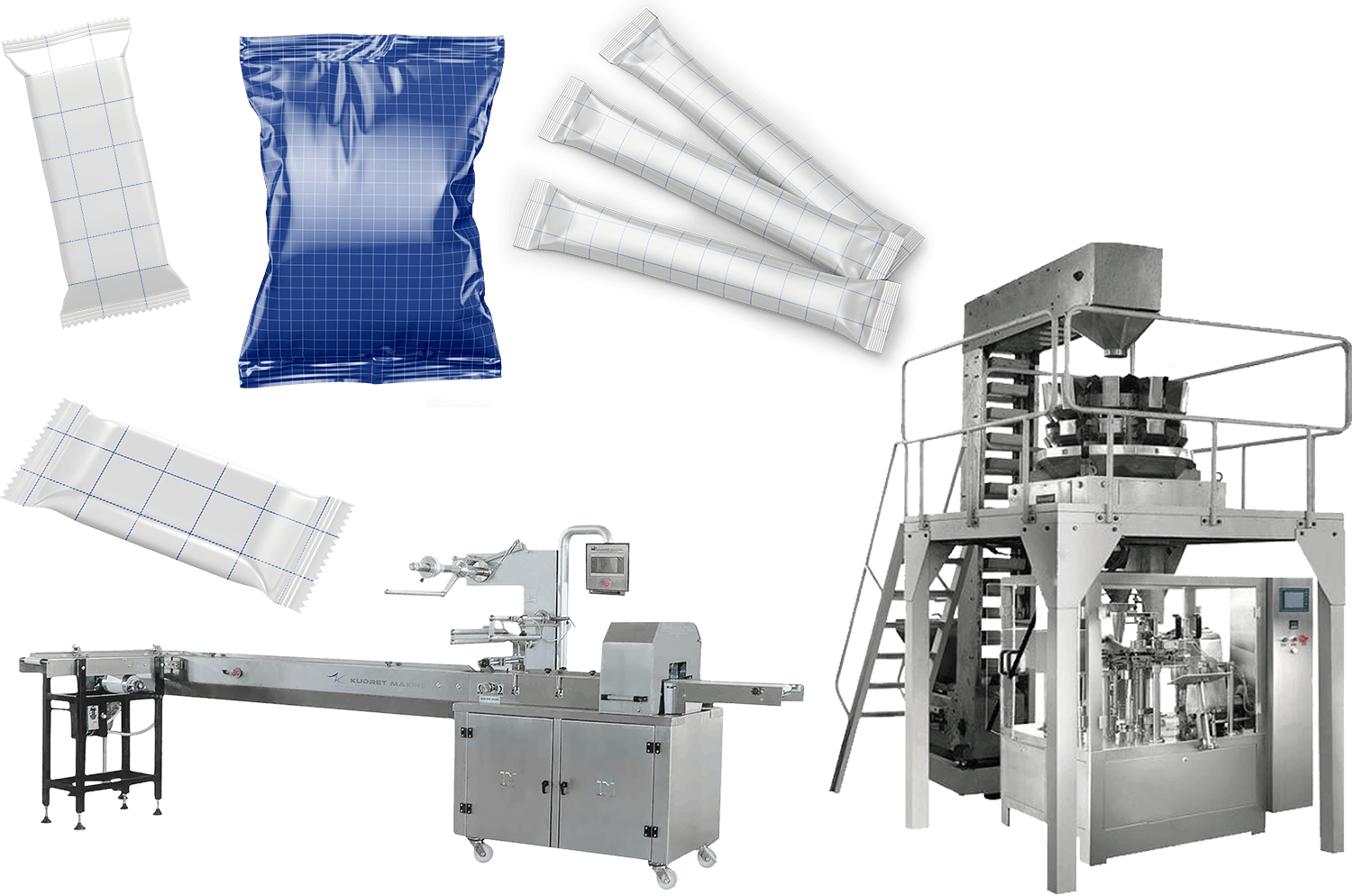As electric vehicles (EVs) gain traction in the automotive market, consumers are faced with an increasing array of choices. Comparing electric cars can be daunting given the variety of models, features, and price points available. This guide aims to simplify the process by highlighting key aspects to consider when evaluating different EVs.
1. Range and Battery Life
One of the most critical factors in choosing an electric vehicle is its range—the distance it can travel on a single charge. While early EVs were often criticized for their limited range, modern models offer substantial improvements. For example, vehicles like the Tesla Model S Long Range and the Lucid Air can exceed 300 miles on a single charge, making them suitable for long-distance travel. In contrast, more budget-friendly options like the Nissan Leaf or Hyundai Kona Electric may offer ranges closer to 150-250 miles. It’s essential to choose an EV that fits your driving habits, especially if you frequently undertake long journeys.
2. Charging Infrastructure
The convenience of charging is another crucial consideration. The availability and speed of charging stations can vary significantly by location. Tesla’s Supercharger network is renowned for its extensive coverage and fast charging capabilities, providing a competitive edge for Tesla owners. Other manufacturers are also expanding their charging networks, with partnerships and investments aimed at improving infrastructure. For those considering an EV, it’s beneficial to research the accessibility of public charging EV Compare stations in their area and along their regular routes.
3. Performance and Driving Experience
Performance metrics such as acceleration, handling, and driving comfort can greatly influence your EV experience. Tesla’s Model 3 Performance, for instance, is celebrated for its rapid acceleration and sporty handling, while the Chevrolet Bolt EV offers a more balanced ride with a focus on practicality. EVs generally provide a quiet and smooth driving experience due to their electric powertrains, but individual preferences for ride quality and driving dynamics should be considered.
4. Cost and Incentives
Electric vehicles often come with a higher upfront cost compared to traditional gasoline-powered cars, although this gap is narrowing. The price of EVs can range from around $30,000 for entry-level models like the Chevrolet Bolt EV to over $100,000 for luxury options like the Porsche Taycan. Government incentives and rebates can help offset these costs, making EVs more accessible. These incentives vary by region, so it’s worth investigating local programs that can reduce the overall purchase price.
5. Interior Features and Technology
Modern electric vehicles are equipped with advanced technology and infotainment systems. Features such as large touchscreens, driver-assistance systems, and over-the-air updates can enhance the driving experience. For instance, Tesla’s user interface is highly regarded for its intuitive controls and regular software updates, while other manufacturers like Rivian and Ford also offer cutting-edge technology. When comparing EVs, consider which features are most important to you and how they align with your needs.
6. Environmental Impact
While all electric vehicles are inherently cleaner than traditional combustion engine vehicles, there are differences in their environmental impact. The sourcing of materials for batteries and the energy mix used for electricity can affect an EV’s overall ecological footprint. Brands committed to sustainable practices, such as using recycled materials or investing in renewable energy, may offer additional environmental benefits.
7. Resale Value
Resale value can also be a consideration, as the market for used electric vehicles is still evolving. Generally, EVs with strong reputations for reliability and performance, such as those from Tesla, may retain value better than others.
Conclusion
Choosing the right electric vehicle involves weighing multiple factors, including range, charging infrastructure, performance, cost, and technology. By considering these aspects and conducting thorough research, consumers can make informed decisions that best fit their needs and preferences. As the EV market continues to grow and evolve, staying updated on the latest models and advancements will help ensure that you choose the electric vehicle that meets your expectations for performance, efficiency, and sustainability.…

